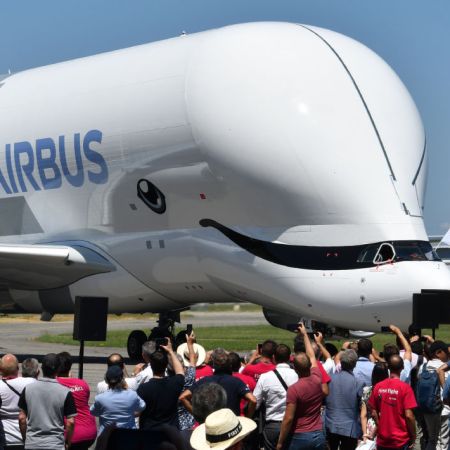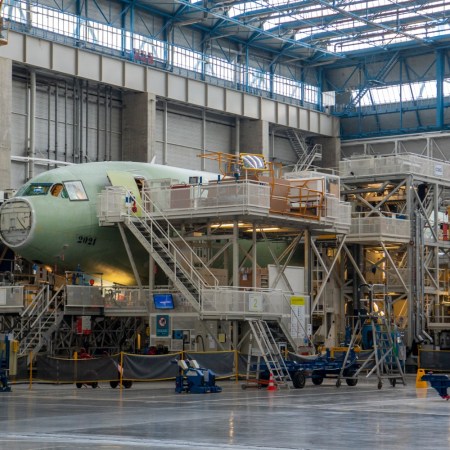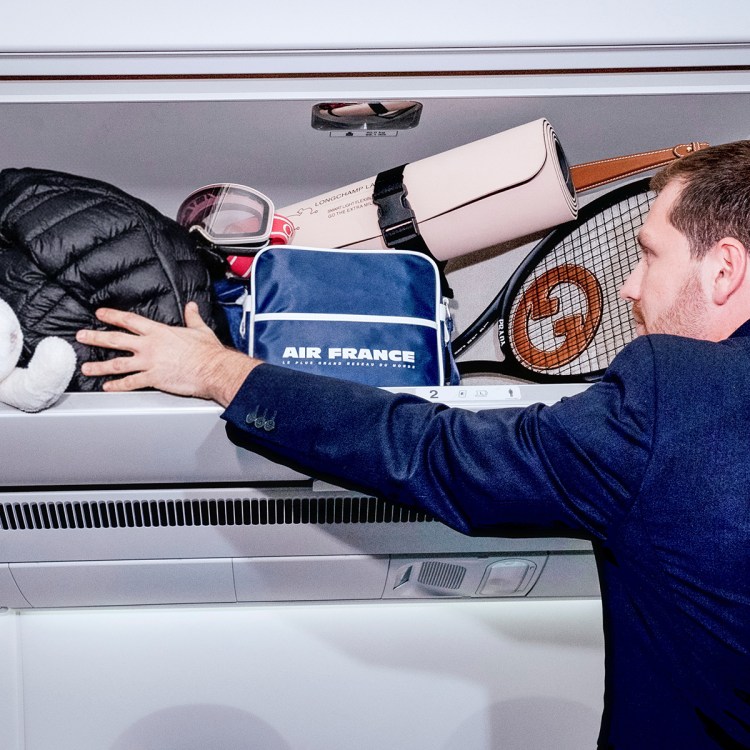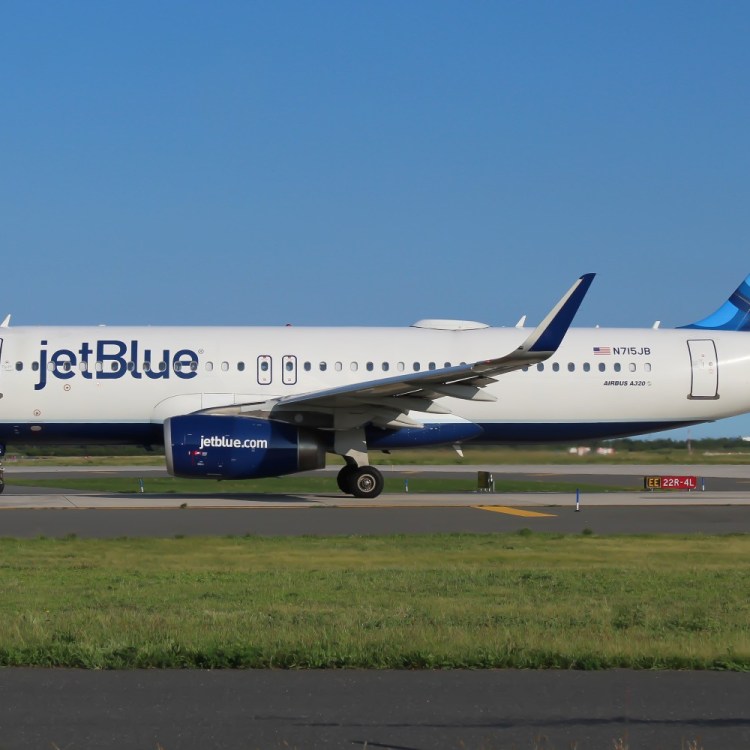When you think about taking an international flight, what does the inside of the cabin look like? The word “spacious” probably comes to mind, including seating with a middle row and two aisles for passengers and flight attendants to make their way up and down the plane. With air travel growing in popularity, it’s not strange to think that international travel would involve larger planes to meet the demand.
Except for the fact that something a little more complicated seems to be going on. This week at Business Insider, Taylor Rains explored a growing trend in international travel: airlines opting for smaller planes for longer routes.
Last year, Rains reported on the increasing popularity of Airbus’s A321neo planes for flights across the Atlantic. That popularity seems to be continuing; last week, Airbus announced that the Greek airline AEGEAN had ordered eight additional planes from the series.
Business Insider goes on to cite data from Cirium, a company focusing on aviation analytics, that shows that narrow-body international flights increased by 50% from 2019 to 2025. Rains noted that there are a few reasons why airlines are gravitating towards narrower planes, from being able to offer lower-priced tickets to having an easier time getting travelers on and off planes.
Airbus Makes Historic Landing on Antarctica at New Luxury Adventure Camp
It’s the first A340 plane to land on the continent, serving the Wolf’s Fang resort from White DesertIn announcing AEGEAN’s latest order with Airbus, the company’s CEO, Dimitris Gerogiannis, said the A321neo series of planes “will soon represent two-thirds of our Airbus fleet.” As with many things related to air travel, airlines have plenty of considerations to consider — and going big isn’t always the preferred way to fly internationally.
This article appeared in an InsideHook newsletter. Sign up for free to get more on travel, wellness, style, drinking, and culture.



















